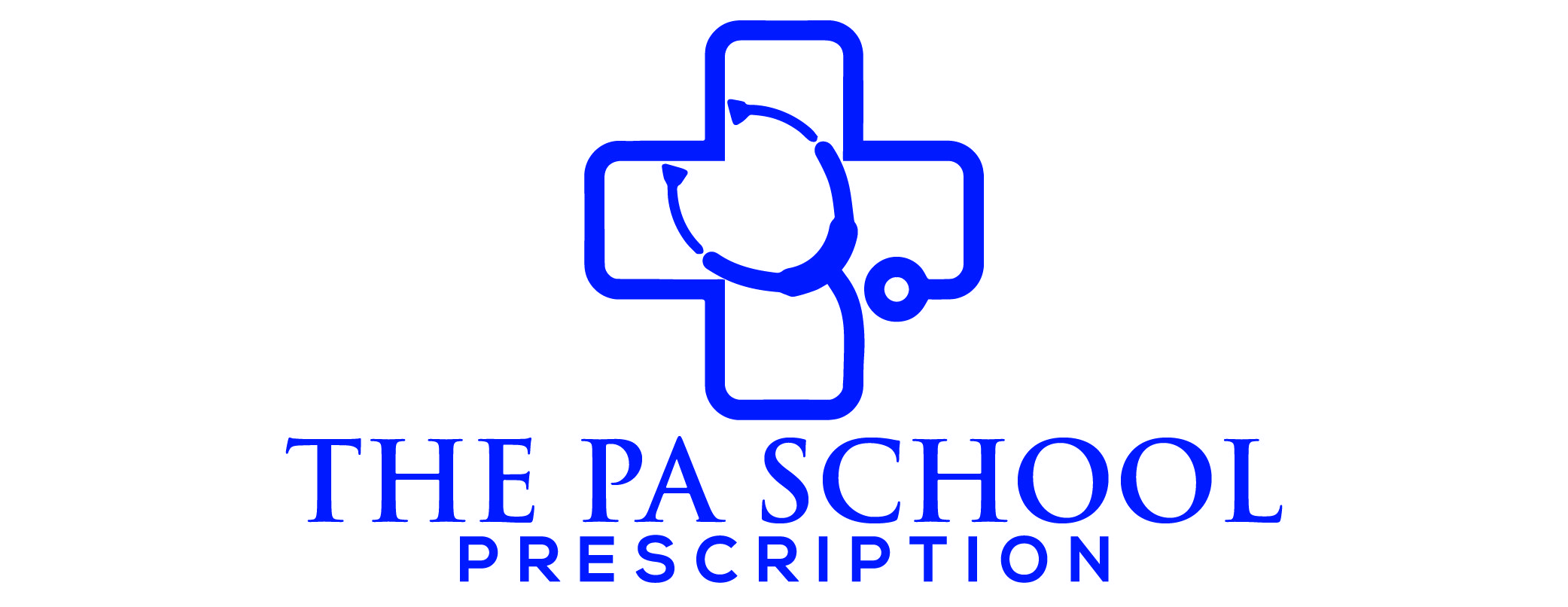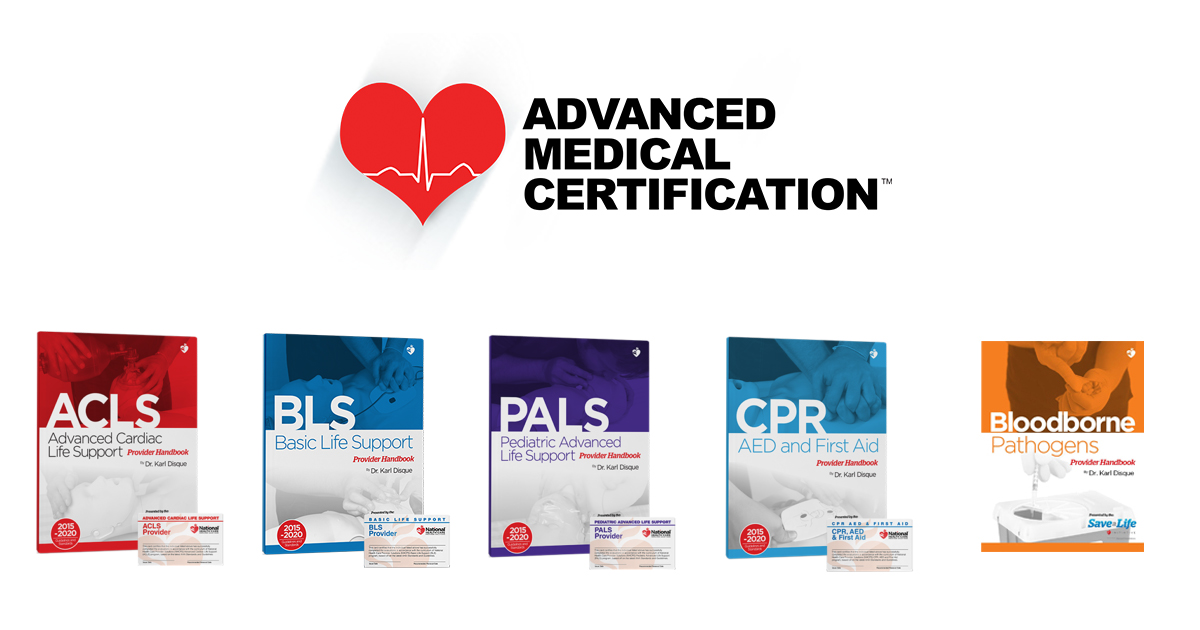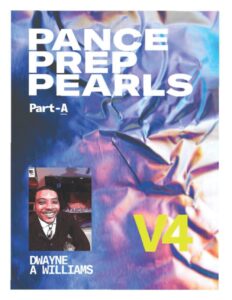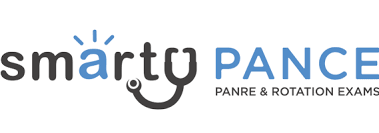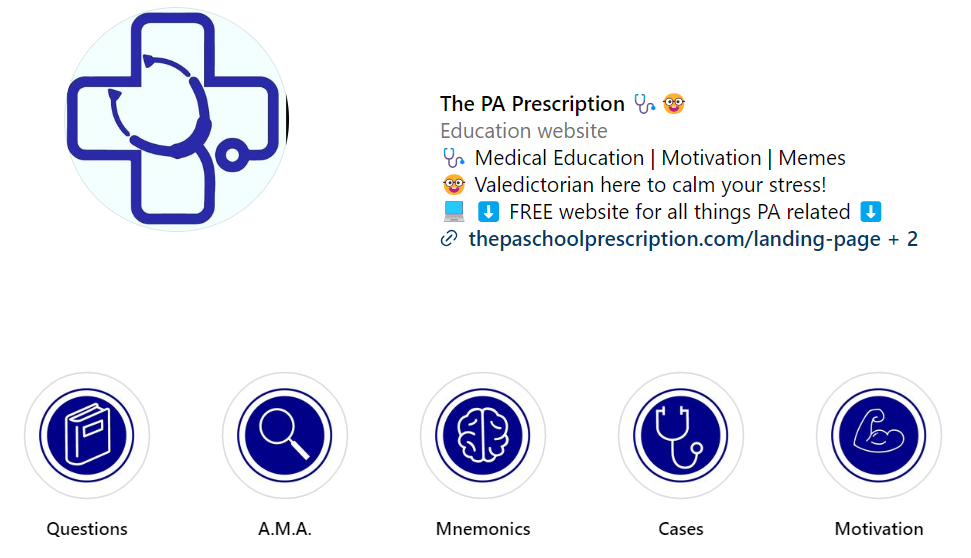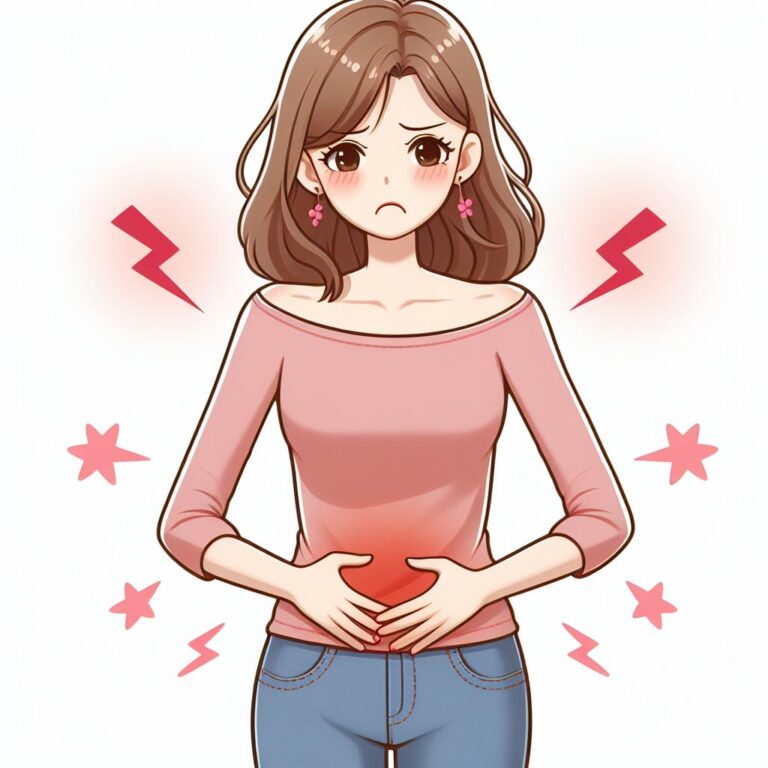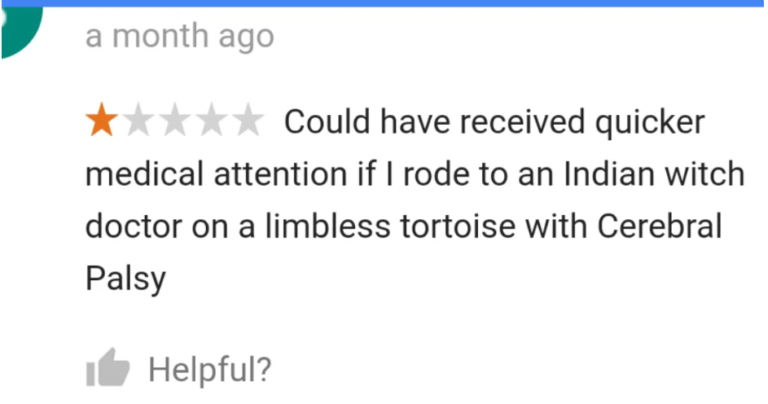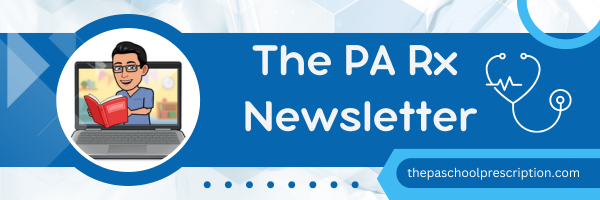
Thank you for subscribing to The PA Rx Newsletter!
Today in 10 minutes or less you’ll learn
- Research shows private equity likes profits > patients
- Hank Med in real life?
- Some motivation to jumpstart your year
- Unfortunate cases on Christmas
- Snuff said
Private Equity Takeovers Linked to Higher Rates of Poor Patient Outcomes in Hospitals
|
|
A recent study led by researchers at Harvard Medical School, published in JAMA, reveals that hospitals acquired by private equity firms show higher rates of patient harm. The research, part of a growing body of analyses on the impact of private equity in U.S. healthcare, indicates that patients in these hospitals are more likely to experience falls, new infections, and other preventable conditions during their stay. The study, based on insurance claims data from 2009 to 2019, compared outcomes at private equity-owned hospitals to similar non-private equity hospitals. The findings include a 25% increase in hospital-acquired complications for admitted Medicare patients after private equity acquisition, along with 27% more falls and 38% more bloodstream infections caused by central lines. These statistics underscore the alarming implications of private equity in healthcare, raising concerns about patient safety. The study further emphasizes the need for policymakers to address issues related to private equity transactions, advocating for measures like increased antitrust oversight, regulatory frameworks, and transparency in reporting to protect patient care and societal resources.
Hank Med in real life??
|
|
For those who have seen the hit show Royal Pains, you should be aware of the term “concierge medicine.” In the show, an Emergency Medicine doctor ends up forming a medical practice called ‘Hank Med’ which acts as a concierge medicine service for many folks that live in the Hamptons. (Fun fact: in this show, it was the first time I heard the term ‘Physician Assistant”). Turns out this is now becoming a reality!
Sollis Health, a private clinic in New York, provides 24/7 concierge emergency care to its elite members who pay annual membership fees ranging from $1,000 to $5,000. Operating outside the traditional insurance model, Sollis Health aims to offer a more personalized and efficient alternative to regular ERs, where patients often face long waits. The clinic, which can handle about 90% of non-life-threatening emergencies, has on-site diagnostic equipment, such as X-ray and CT scan machines. With a focus on providing a zero-wait environment and a thorough healthcare experience, Sollis Health has about 2,250 members and sets up swift referrals to specialists for follow-up care. The service, described as a form of “concierge medicine,” is positioned as an alternative for those who can afford the membership fees and seek a more immediate and tailored healthcare experience.
Very interesting style of medicine! Click here to read more.
Just a little motivation to start off your New Year the right way
Unfortunate cases on Christmas
|
|
With the holiday season shortly coming to a close, I hope you all had a great holiday season full of happiness and laughter. I, myself, unfortunately, had to work in the urgent care clinic, but I know I had a better shift than these folks lol
|
|
Or this..
|
|
One of the downsides of working in acute care medicine is having to forgo festive gatherings with loved ones during the holidays. Luckily, I had shortened hours in the outpatient clinic, so I was able to spend the evening with family. When I was working in the hospital as a new grad, it was tough, emotionally and physically, when I was working 18 hours on Christmas Day. Although I made the best of it, having fun with my colleagues and removing small foreign bodies from children’s ears and noses, working holidays is always something to keep in mind if you are considering acute care medicine!
Snuff Said!
|
|
Because this is seen more commonly this time of year with cold weather and slipping and falling on ice, I wanted to stress the importance of this clinical finding!
A FOOSH (Fall On Outstretched Hand) injury, often associated with snuffbox tenderness, involves trauma to the wrist, potentially leading to a scaphoid fracture. Management typically involves splinting the wrist to immobilize it and reduce the risk of further injury. The snuffbox, a triangular depression on the radial side of the dorsum of the hand, is a common site for scaphoid fractures, especially when there is tenderness.
|
|
If left untreated, scaphoid fractures can lead to complications such as non-union or avascular necrosis due to the limited blood supply to the scaphoid bone. Immediate splinting is crucial to prevent movement that could exacerbate the injury. Initial X-rays could be negative therefore splinting and follow-up appointments are essential to confirm the diagnosis and ensure appropriate management. Early intervention can contribute to better outcomes by promoting proper healing and preventing potential long-term complications associated with untreated scaphoid fractures.
When in doubt. Splint and send to a specialist.
When in doubt. Splint and send to a specialist.
When in doubt. Splint and send to a specialist.
That’s all for today.
For more newsletters and case challenges click here
Preparing for a job interview? Click here for our FREE job interview checklist
Want more question practice? Click here for our affordable 225 question exam with detailed explanations
Thanks for reading,
|
|
|
|

